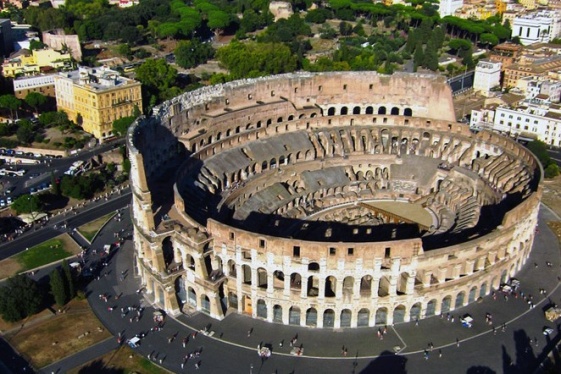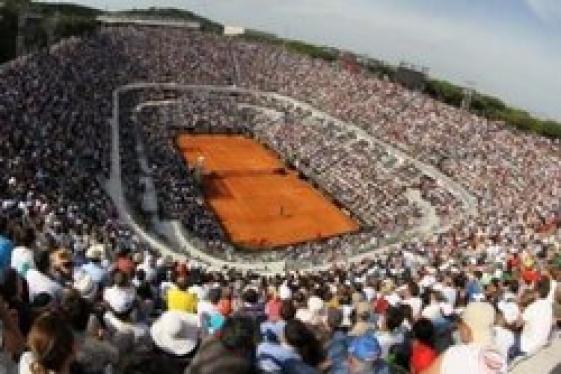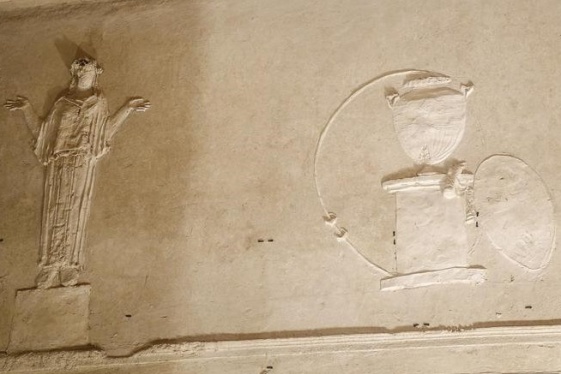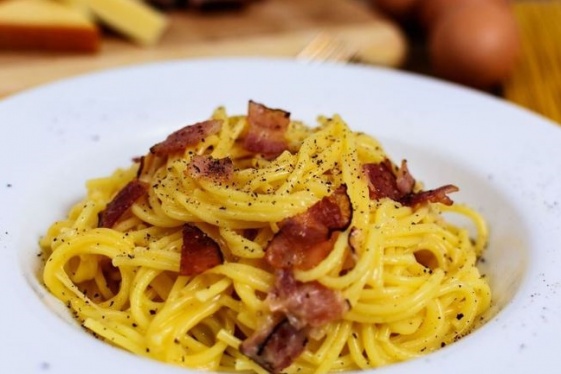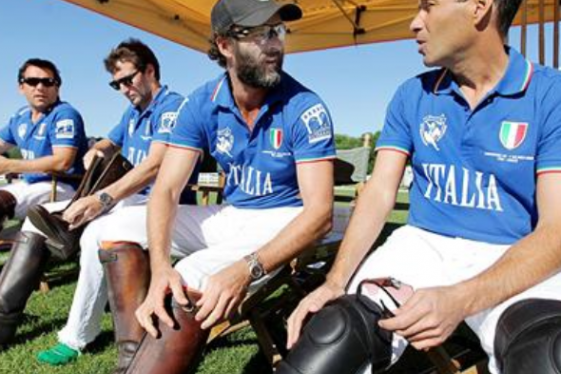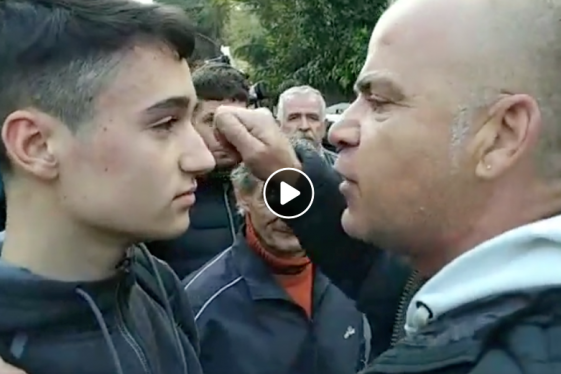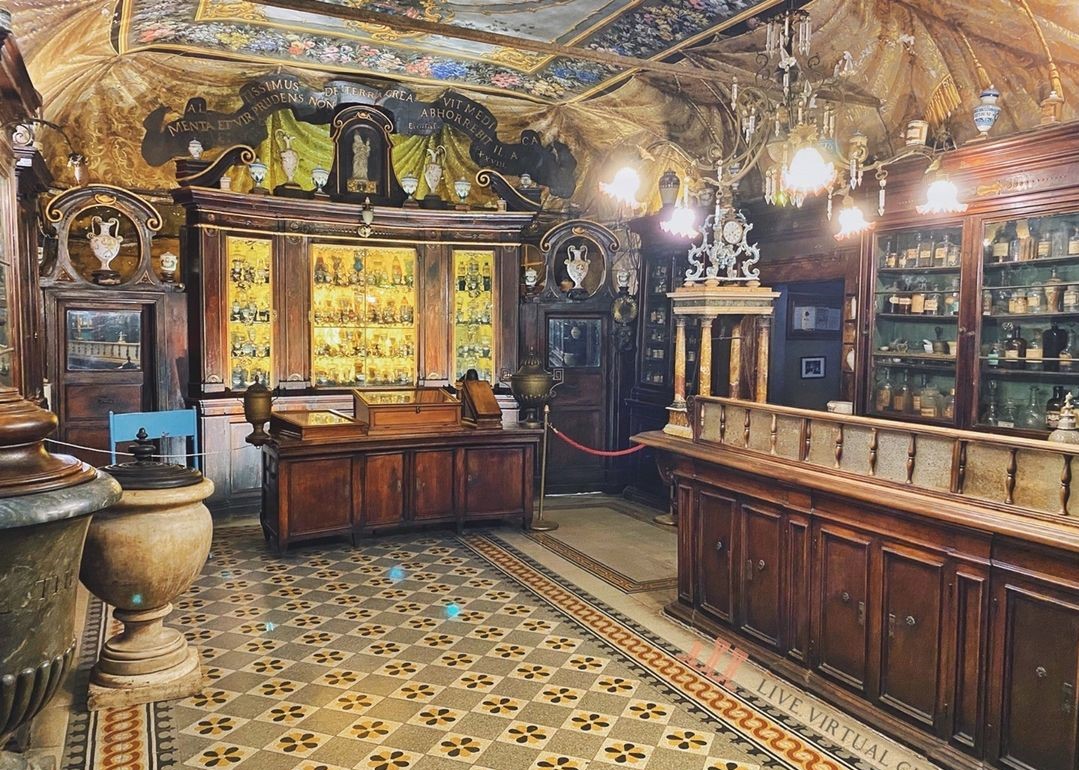

What were the pharmacies like in the past? What was the atmosphere inside the so called "spezierie" in 16th century Europe? What was it like to walk among the cases full of ampoules and bottles, halfway between science and magic?
To try to answer these questions and restore the charm and secrets of medical science of the 16th century, a team of researchers from Italy, Spain and Portugal has reconstructed in three dimensions the pharmacy of Santa Maria della Scala in Rome - also known as the "Pharmacy of the Popes" (it was from this laboratory, in fact, that remedies and concoctions to cure the popes came). For now this virtual "place" can be visited only by small groups of people, but soon it will be available to the general public.
Santa Maria della Scala represents an immense heritage for the knowledge of pharmaceuticals in the Mediterranean and for this reason the results of the project are of fundamental importance for the progress of knowledge in the field of pharmaceutical sciences - underlines Maria Luisa Vazquez de Ágredos of the University of Valencia. - Thanks to this study we are able to characterize the drugs, to study and understand their evolution over time, but also to allow the remote fruition of this baroque jewel, enhancing the work, promoting knowledge and enriching the digital documentation of the museum.
In order to achieve such an accurate digital reconstruction, the researchers used laser and photogrammetry, with which they carried out non-invasive and non-destructive surveys to characterize the different surfaces and acquire three-dimensional models of the apothecary room and the archives, where herbals, recipes and other documentation were kept. In addition, physical, chemical and historical analyses have been carried out to know and classify the different drugs present in the structure. Virtual reality also allowed the 3D reconstruction of the cabinet containing herbals and recipes: the model was obtained in about four hours, starting from 473 digital images, using a remote computer code.
Through various techniques we have analyzed about 100 samples from the showcase of the Spice Shop's poisons with the aim of understanding if the contents of these bottles corresponded to what was written on the labels and if there had been alterations over time that could have led to a lower treatment capacity or an increase in the toxicity of these substances - highlights Catarina Pereira.
The goal of the researchers, now, is to make the spice shop accessible to everyone, anywhere in the world, through the creation of a web portal.
You may be interested
-
Exciting Palatine. Interview with Clementina...
You can tell she fills with excitement when she has the chance to show an important archae...
-
Italian Open's History and Records: A tale o...
For Italians, and Romans in particular, the Open is not just a tennis tournament where cha...
-
'Basilica of Mysteries' reborn in Rome
The so-called 'Basilica of the Mysteries' has been reborn in Rome. The basilica, one of th...
-
'Carbonara Day' celebrates famous pasta dish
On Friday, April 6, the world will celebrate "Carbonara Day", an occasion launched by the...
-
'Gladiators' bring Roman flavor to R.I. polo
As thousands of sharply dressed spectators converged on the turf of Newport International...
-
'Hot priests' grace Rome's calendar
It is officially called the Calendario Romano, or Roman Calendar. But on the streets of Ro...
-
'No one should be left behind': Italian teen...
A 15-year-old boy, known as Simone, has become an overnight internet sensation after stand...



